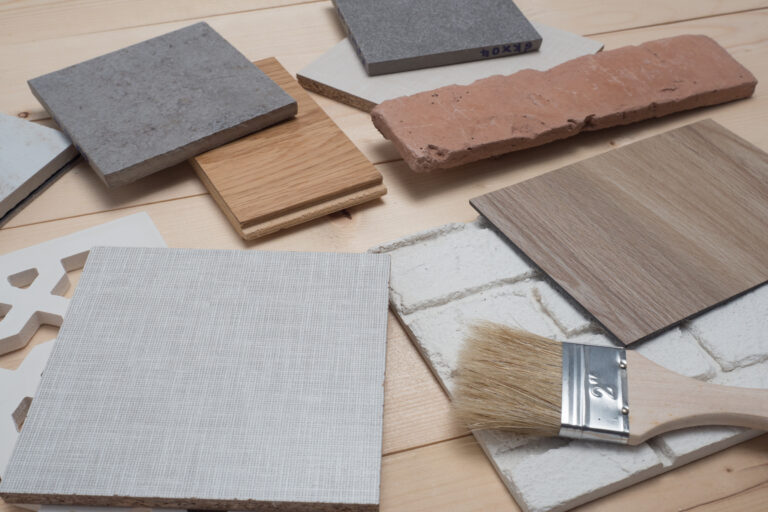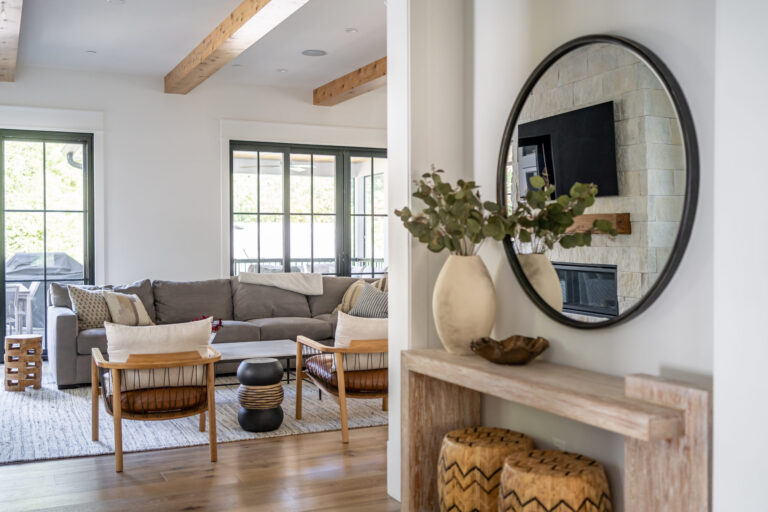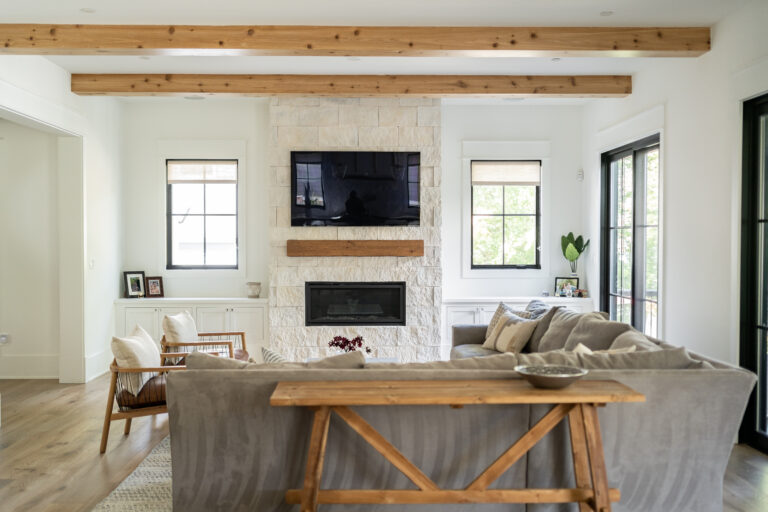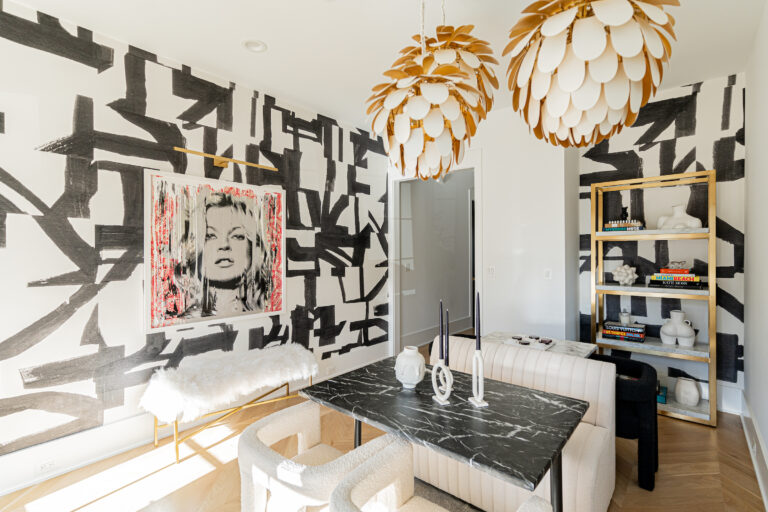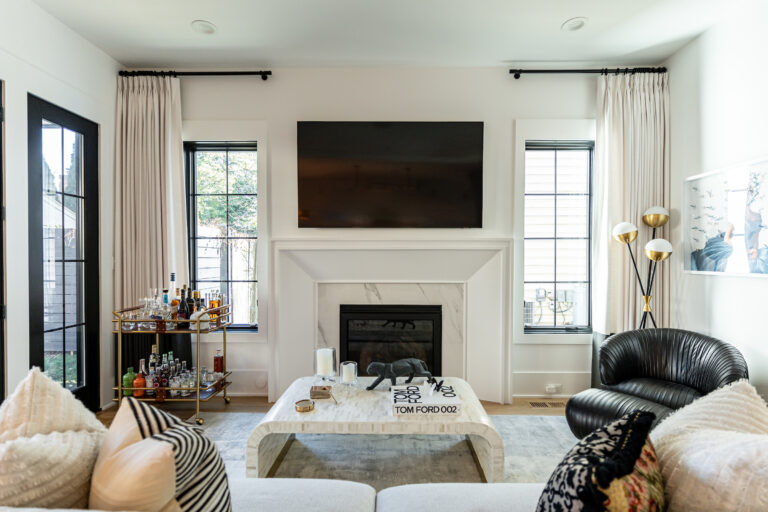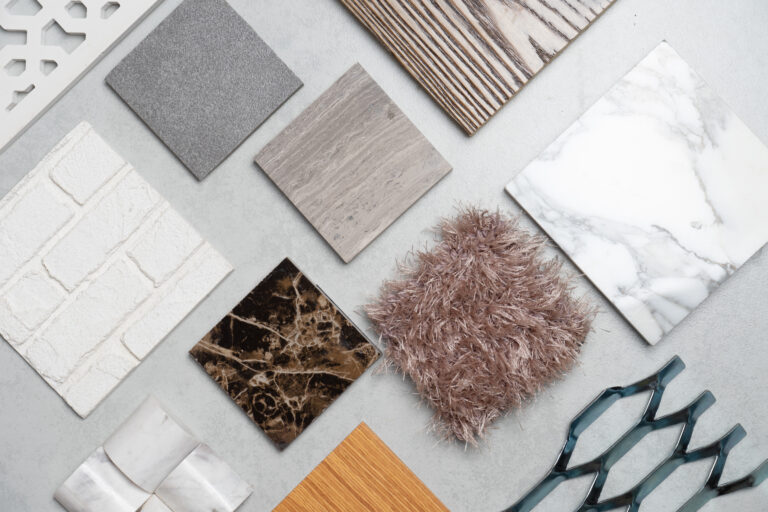
Embracing Texture: Elevating Luxury with Tactile Design Elements
When it comes to luxury home design, aesthetics go beyond mere visual appeal. They encompass the entire sensory experience, engaging not only the eyes but also the touch. Texture plays a pivotal role in this immersive experience, adding depth, dimension, and character to interior spaces. In this article, we’ll look into the art of embracing texture and explore how tactility elevates luxury in home design.
Understanding Texture in Design:
Texture refers to the surface quality of materials, ranging from rough and tactile to smooth and glossy. It encompasses a variety of elements, including the grain of wood, the weave of fabric, the patina of metal, and the irregularities of stone. In luxury home design, texture is used strategically to create visual interest, evoke emotional responses, and enhance the overall ambiance of a space.
Creating Depth and Dimension:
One of the key benefits of incorporating texture into interior design is its ability to create depth and dimension within a space. Textured surfaces catch and reflect light differently, adding visual intrigue and complexity to the environment. By juxtaposing smooth and rough textures, designers can enhance the perceived depth of a room, making it feel more dynamic and inviting.
Infusing Personality and Character:
Texture has the power to infuse personality and character into a space, reflecting the tastes and preferences of the homeowner. Whether it’s the warmth of weathered wood, the softness of plush upholstery, or the coolness of polished marble, each texture tells a story and contributes to the overall narrative of the home. By curating a diverse palette of textures, designers can create rich and nuanced interiors that resonate with the occupants on a personal level.
Tactile Design Elements:
From natural materials like stone, wood, and leather to luxurious fabrics such as velvet, silk, and cashmere, there’s a plethora of tactile design elements to choose from. Each material brings its own unique texture and tactile qualities to the table, allowing for endless possibilities in design expression. Whether it’s a rough-hewn accent wall, a sumptuous velvet sofa, or a handcrafted ceramic vase, these tactile elements add richness and sophistication to luxury interiors.
Practical Considerations:
When incorporating texture into home design, it’s essential to consider both aesthetic and practical aspects. Textured surfaces may require special care and maintenance, and their suitability for specific spaces should be carefully evaluated. Additionally, the scale and proportion of texture should be balanced to ensure harmony and coherence within the overall design scheme.
Within the domain of luxury home design, texture emerges as a powerful tool for elevating interiors to new heights of sophistication and style. By embracing a tactile approach to design, homeowners can create spaces that not only look beautiful but also feel inviting and memorable. Whether through the warmth of natural materials or the opulence of plush fabrics, texture enriches the sensory experience of home, transforming it into a haven of luxury and comfort.
